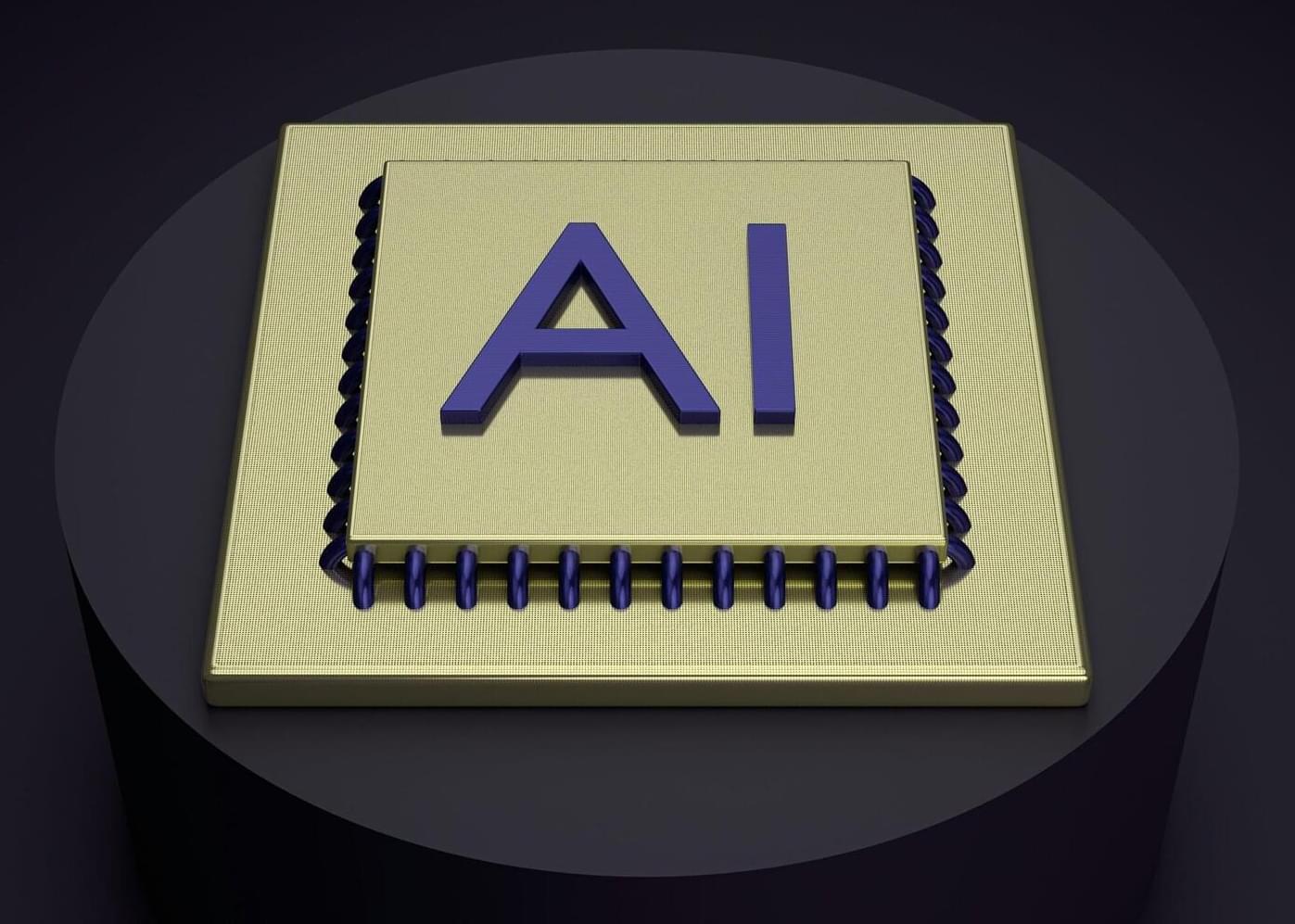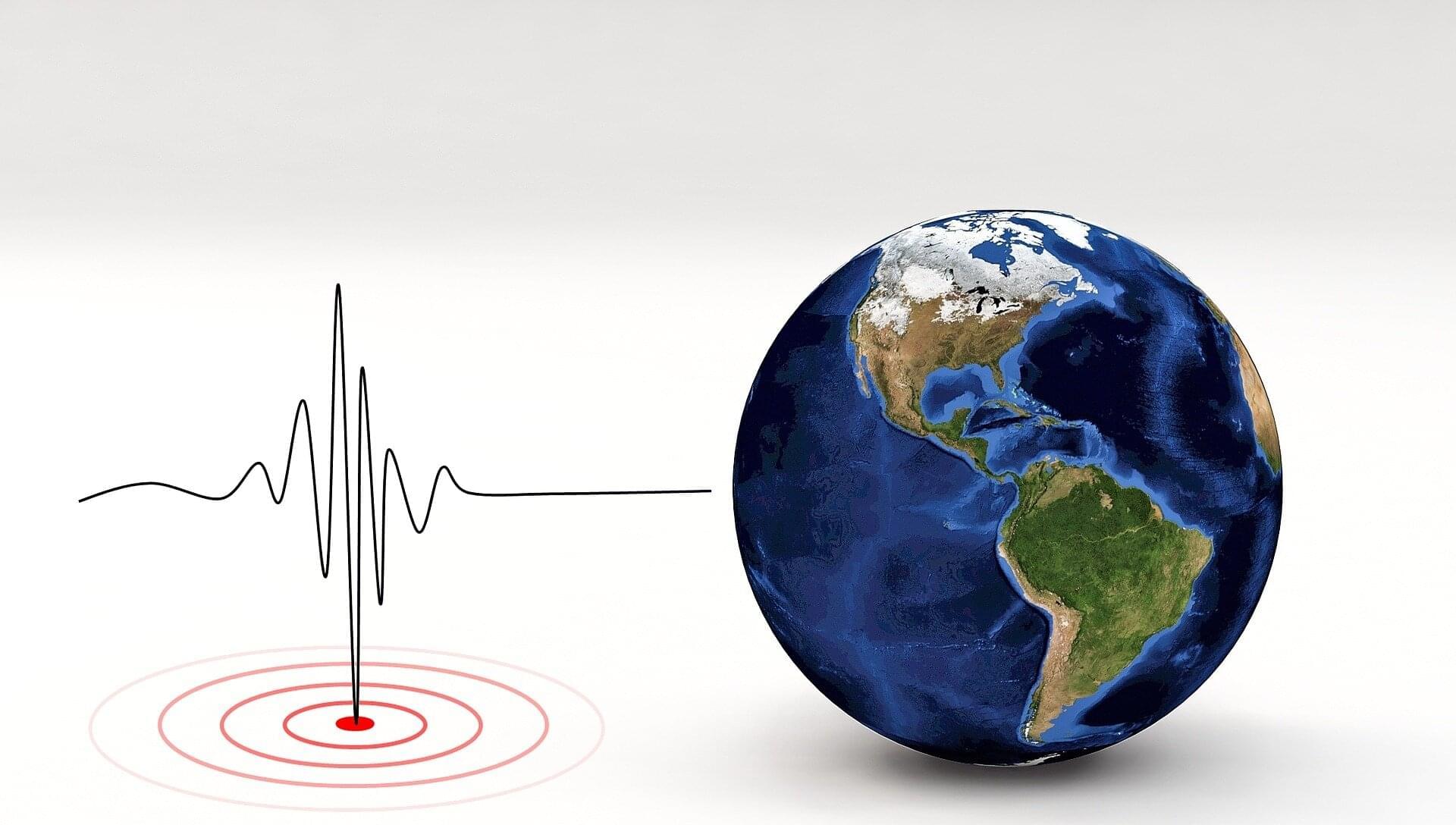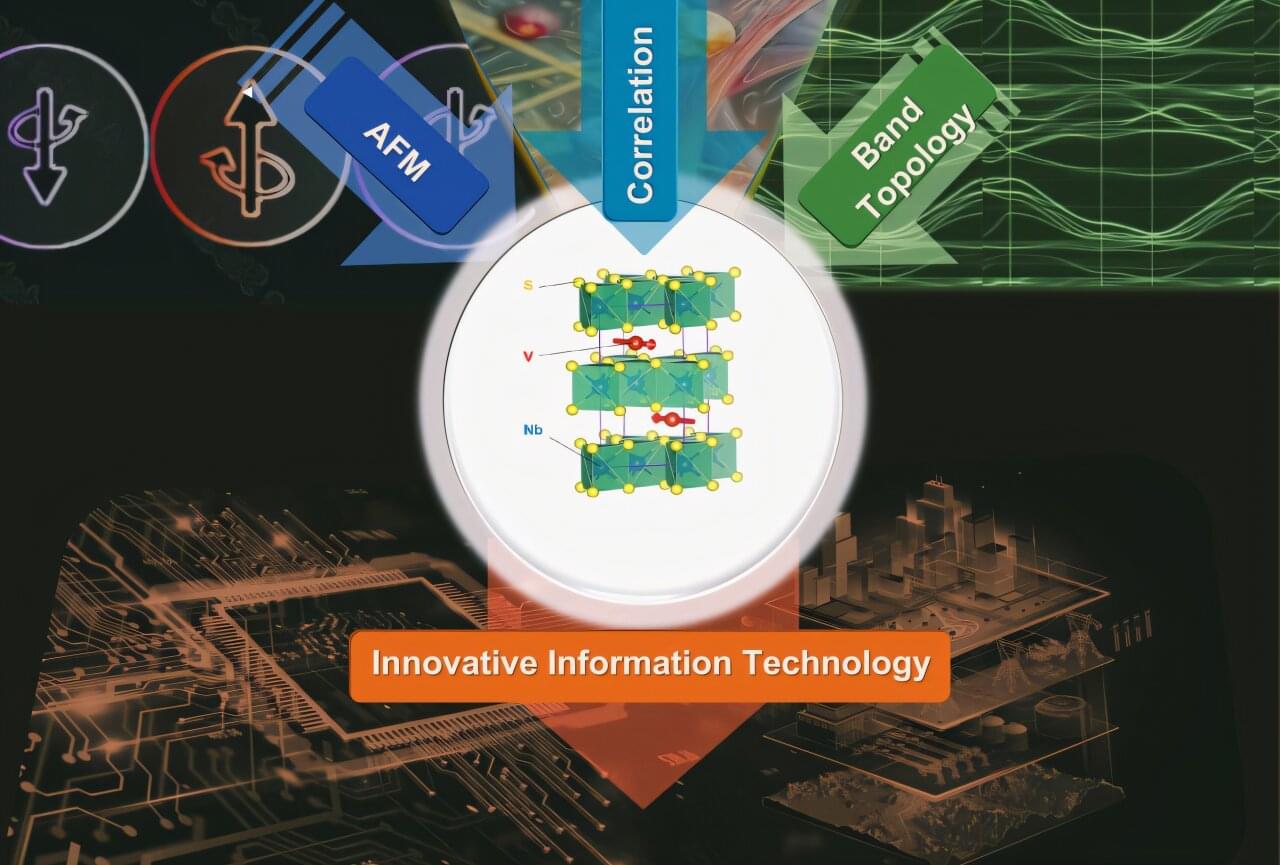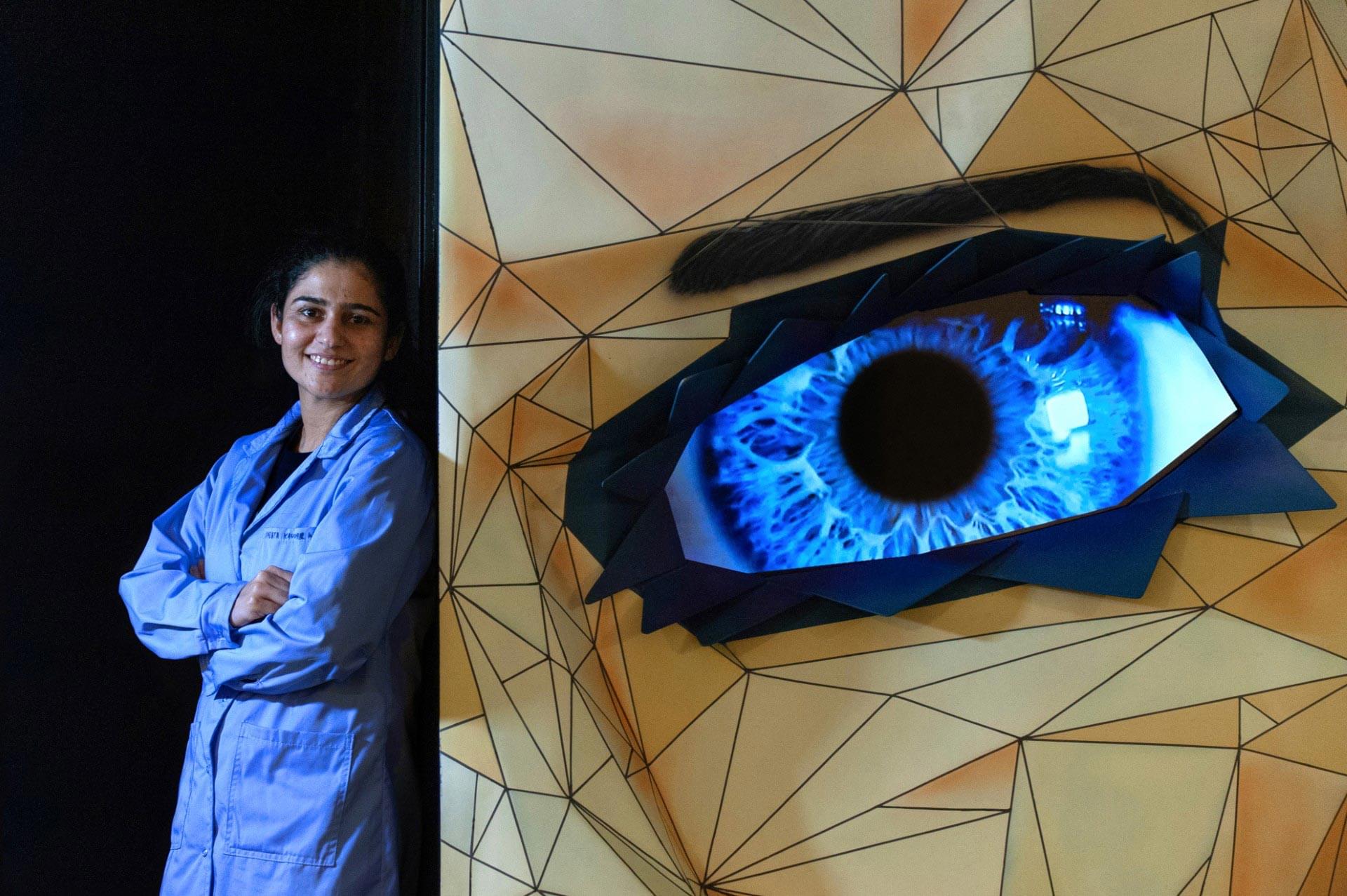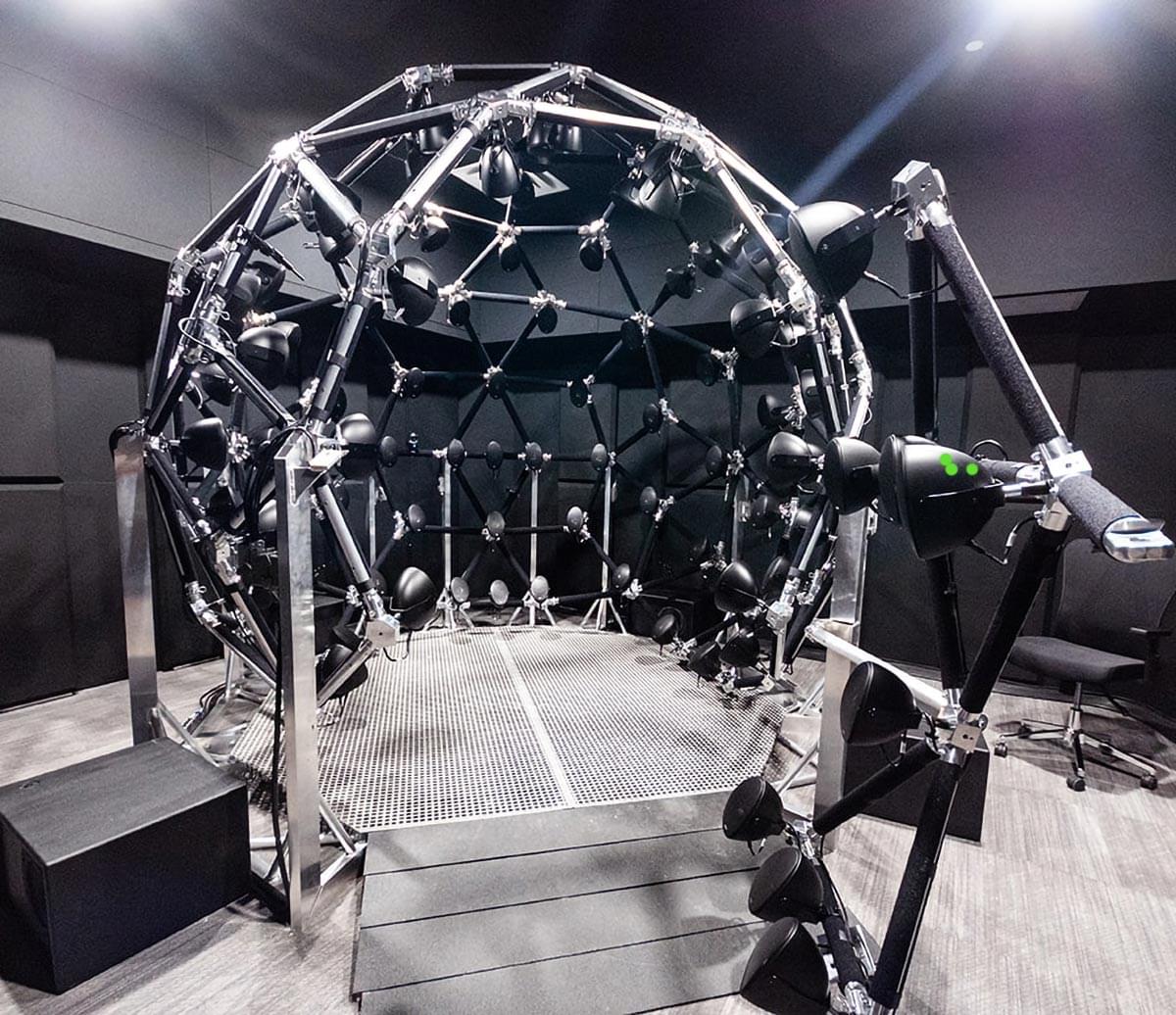AI models often rely on “spurious correlations,” making decisions based on unimportant and potentially misleading information. Researchers have now discovered these learned spurious correlations can be traced to a very small subset of the training data and have demonstrated a technique that overcomes the problem. The work has been published on the arXiv preprint server.
